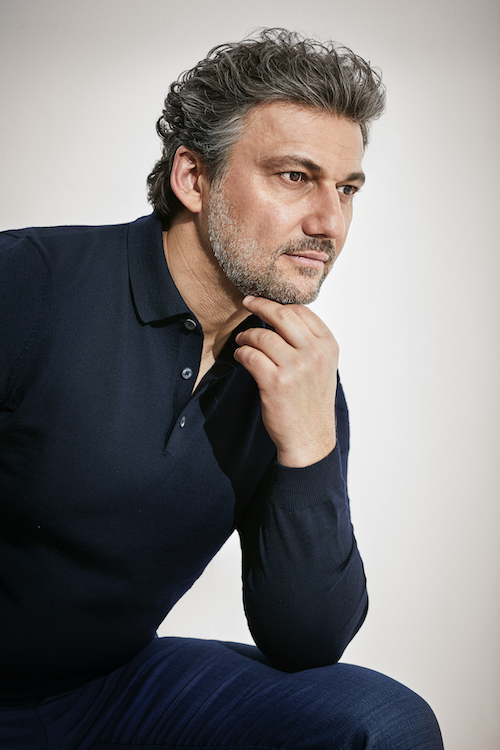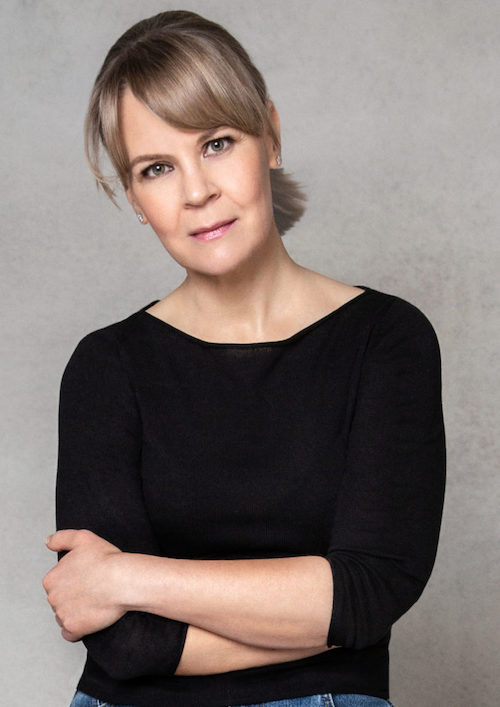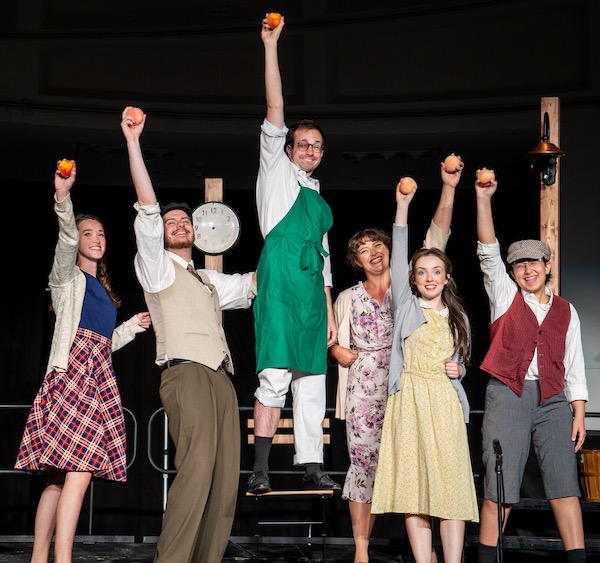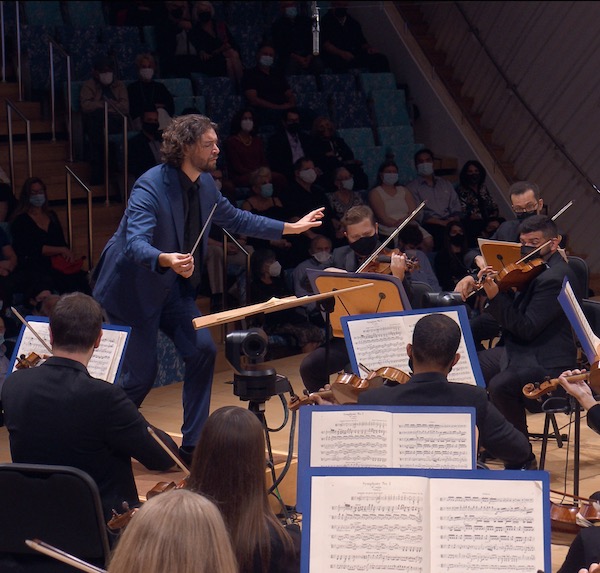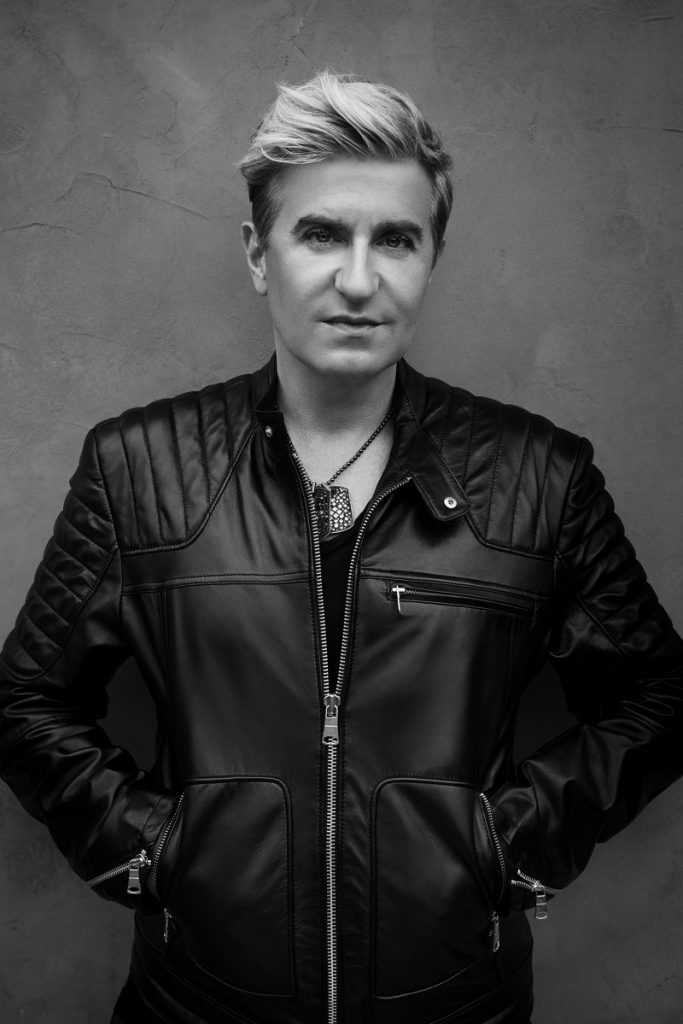Top Ten Performances of 2021
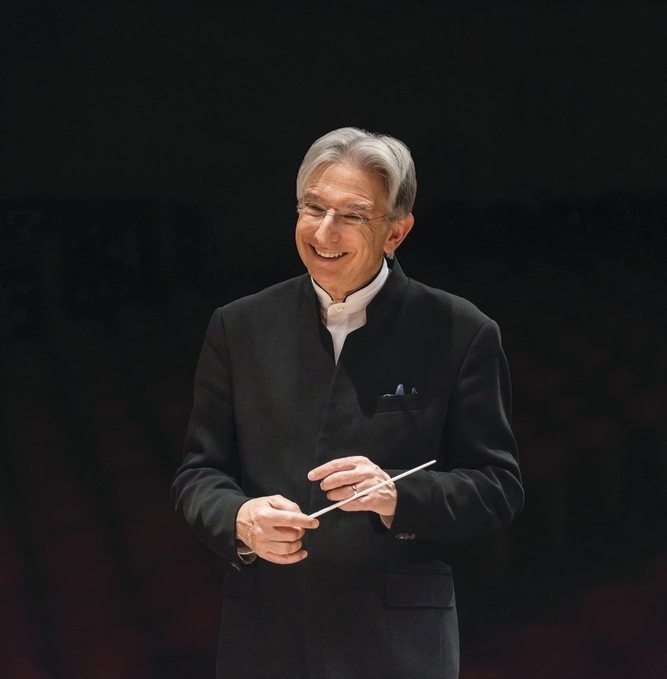
There was a remarkable amount of classical music in South Florida even during this pandemic year. Initially through streaming and then a gradual return to live music-making in the summer and fall by local organizations produced a surprisingly varied artistic menu.
_____________
1. Michael Tilson Thomas and the New World Symphony: American program.
There is always an extra snap and gleam in the New World Symphony’s playing when Michael Tilson Thomas is on the podium. In a May streamed concert of all-American chamber orchestra works, the performances were marked by glowing tone, crackling rhythms, and consistently excellent playing under MTT’s superb leadership. The strongly chosen repertoire included works by Copland (Quiet City), Conlon Nancarrow (solo piano works), Carl Ruggles (Angels) and Charles Ives (Three Places in New England). A welcome revival of William Grant Still’s austere Patterns for Orchestra brought MTT full circle since the 18-year-old Tilson Thomas played the English horn in the work’s 1960 premiere.
2. Jonas Kaufmann.
October brought the first classical concert at the Arsht Center since March, 2020 and it was a real coup—a lieder recital by tenor Jonas Kaufmann. Contrary to operatic nostalgists, there are still great voices in the world and Kaufmann’s is one of them. He brought refined, elevated vocal artistry to a group of rarely performed lieder by Liszt. A hit parade of songs by Brahms, Dvořák, Strauss and Hugo Wolf were sung with expressive directness, avoiding operatic histrionics. From his resonant baritonal bottom to the clear, ringing top range, Kaufmann’s voice was thrilling, beautiful and a pleasure to hear. Helmut Deutsch, one of the finest lieder accompanists, gave stalwart support at the keyboard.

3. Florida Grand Opera: Daron Hagen’s New York Stories.
Replacing the scheduled season of large-scale productions with a series of one-act American operas, Florida Grand Opera relocated to the intimate Miami Shores Theater Center. The venue proved highly adaptable with a good acoustic and clear sight lines, and the revised schedule afforded an opportunity to hear works that would not ordinarily be produced in Miami.
Daron Hagen’s three Gotham slice-of-life tales (Broken Pieces, Just for the Night, and Cradle Song) sing out in an unpretentious tonal American style, yet mask a plethora of musical complexity and sophistication. In this February production, Jeffrey Buchman’s staging captured the stories’ pathos and wit. Under Andrew Bisantz’s subtle yet lively musical direction, Amanda Sheriff and Stephanie Douche, FGO Studio Artists, stood out for their vibrant singing and dramatic projection.
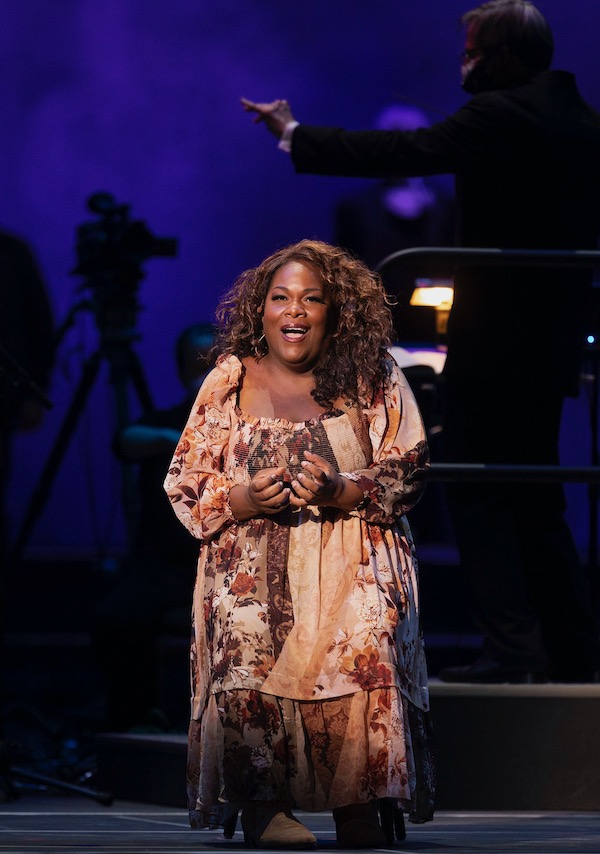
4. Palm Beach Opera: Puccini’s La Bohème.
Palm Beach Opera produced a weeklong al fresco festival of popular operatic favorites in February at the IThink Financial Amphitheatre. The opening La Bohème, in a simple but effective semi-staging by James Robinson, featured a level of the kind of top-drawer vocal talent not heard in South Florida operatic presentations in decades.
Under David Stern’s baton, the cast did full justice to Puccini’s glorious melodies and tale of tragic love in Bohemian Paris. As Mimi, Latonia Moore’s creamy and exquisite soprano took top honors. Michael Fabiano was the ardent Rodolfo, his tenor replete with ring, squillo and intense projection. Quinn Kelsey as Marcello and Isabel Leonard as Musetta) were luxury casting. With a deep bass and vivid stage presence, Ryan Speedo Green almost stole the show with the philosopher Colline’s coat aria. Despite amplification, overhead planes and street noises intruding on the proceedings, the company delivered an evening of first-rate Puccini.
5. Susanna Mӓlkki and the New World Symphony: Sibelius’ Symphony No. 2.
At the New World Symphony’s first downtown program of the season in October, Susanna Mӓlkki led a revelatory version of Sibelius’ Symphony No. 2. Conducting with rapt intensity, passion and insight, the Finnish conductor swept away the cobwebs of routine performances, reclaiming the music’s impact and originality. She drew lustrous playing from all sections of the ensemble. Her gradual layering of the final crescendo and solemn coda earned a well-deserved, prolonged ovation from the unusually quiet and attentive Arsht Center audience.
6. Miami Beach Music Festival: Britten’s Albert Herring.
At the Faena Forum, an appropriately enticing and festive venue designed by famed architect Rem Koolhaus, the Miami Beach Music Festival presented a riotously funny staging of Benjamin Britten’s comic opera in July. Britten’s opus deftly satirizes the puritanical mores of a small village while sending up the conventions of grand opera. Marc Callahan’s fast-paced production matched the energy and verve of Steven Gathman’s conducting. A youthful and talented cast was dominated by Robert Kopf in the title role. Combining a dulcet lyric tenor with keen theatrical instincts, Kopf dominated every scene, with his drunken monologue especially hilarious.
7. Christian Reif and the New World Symphony with Sasha Cooke.
In Michael Tilson Thomas’s absence, former New World conducting fellow Christian Reif took over the season’s opening program in October. Reif led a robust and lyrical reading of Schumann’s “Spring” Symphony (No. 1). Mezzo-soprano Sasha Cooke’s dark timbre and deep affinity for the late romantic idiom of Mahler’s Songs of a Wayfarer was spellbinding with Reif and the ensemble lending fervent accompaniment.
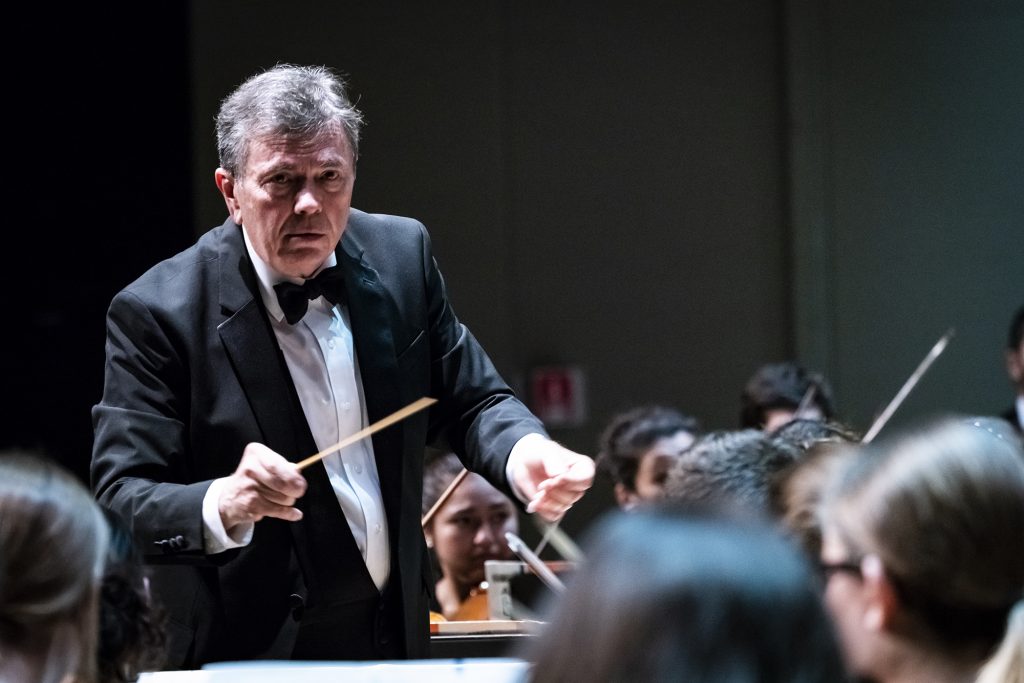
8. Gerard Schwarz and the Frost Symphony Orchestra: Mahler’s Symphony No. 6.
In late October, Gerard Schwarz conducted the student forces of the Frost Symphony Orchestra at the University of Miami in a traversal of Mahler’s Symphony No. 6 that would have been a credit to any second-tier professional ensemble. Schwarz’s well rehearsed, highly-charged reading captured the score’s drama and tragedy. Solid, assertive brass and a huge string sonority highlighted a disciplined and incisive corporate effort. In the epic finale, the momentum was inexorable through the final hammer blows.
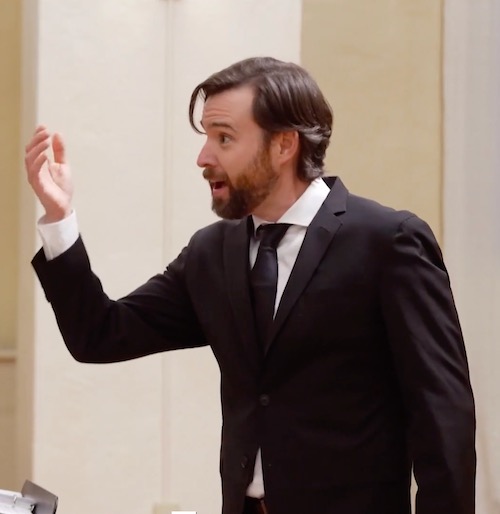
9. Seraphic Fire: Monteverdi and Mozart.
Following a series of pandemic streamed concerts—in which singers recorded their part individually—Seraphic Fire singers gathered together at the Comber Hall of Coral Gables’ Church of the Little Flower to film a streamed program in May.
The smiles on the faces of the superb choir members and artistic director Patrick Quigley radiated their joy at performing together for the first time in 14 months. Quigley’s skill at coordination and balancing was as deft as ever. A patrician stylist, he captured the Baroque vibrations of Monteverdi’s Salve morale et spirituale and the classicism of the 18-year-old Mozart’s Misa brevis with strong definition and flair. Soprano Nola Richardson’s flexibility and radiant timbre took special honors in “Isle confessor” from Monteverdi’s motets.
10. Jean-Yves Thibaudet: Debussy’s Preludes.
In early December, the Kravis Center’s Regional Arts Classical Concert Series opened with a performance of both books of Claude Debussy’s Preludes played by French pianist Jean-Yves Thibaudet. These 24 vignettes encompass some of the impressionist master’s most original music. In this rare traversal of the entire cycle, Thibaudet’s idiomatic affinity, delicacy of touch and digital command did full justice to both the subtlety and incisive vigor of these masterful inventions. Even the oft played “Girl with the Flaxen Hair” sounded freshly reimagined in Thibaudet’s fluent and lyrical reading.
Honorable Mentions
Florida Grand Opera’s charming double bill of Leonard Bernstein’s Trouble in Tahiti and Thomas Pasatieri’s Signor Deluso; Catalina Cuervo’s recital of Spanish and Latin American songs and arias for FGO; Reed Tetzloff’s stunning rendition of Charles Ives’ craggy “Concord” Sonata for Kaleidoscope MusArt; Augustin Hadelich’s probing Sibelius Violin Concerto with Christian Reif and the New World Symphony; Gerald Schwarz’s all-Mozart program with the Palm Beach Symphony featuring clarinetist Jon Manasse and the Master Chorale of South Florida; the Frost Wind Ensemble under Robert Carnochan in a terrific performance of Michael Colgrass’s Winds of Nagual; and the Ehnes Quartet wrapped its near-decade-long cycle of the complete Beethoven string quartets for Friends of Chamber Music.
The Chamber Music Society of Palm Beach assembled a lineup of first-class players for an impassioned performance of Ernst von Dohnányi’s rarely heard but rewarding Sextet for piano, clarinet, horn and strings. (David Fleshler)
Two Miami Conductors Stricken by Illness
The news that Thomas Sleeper, a faculty member at the University of Miami for 25 years (1993-2018) and former conductor of the university’s Frost Symphony Orchestra, was stricken with ALS (Amyotrophic Lateral Sclerosis), also known as Lou Gehrig’s disease, brought messages of support from many of his former students and faculty colleagues in the academic community. An incurable ailment that brings progressive loss of nerve control of muscular functions. Sleeper, characteristically, is taking his illness in stride with dignity and humility.
Sleeper rejuvenated the orchestral program at the university, setting high performance standards from the students for his successor Gerard Schwarz to build on. As a composer, Sleeper has created a large and diverse body of work. The craftsmanship and artistic imaginativeness of his scores is consistently strong, and Sleeper’s musical legacy is distinguished and enduring.
In late summer, it was announced that Michael Tilson Thomas, artistic director of the New World Symphony, had surgery for a brain tumor. The operation was deemed a success and the conductor began a regimen of radiation and rehabilitative therapy. Tilson Thomas was forced to cancel his fall conducting commitments, including an October residency with the Miami-based orchestral academy. In November, he returned to the podium, leading well-received concerts with the New York Philharmonic and the San Francisco Symphony. Tilson Thomas is scheduled to return to New World in February. One wishes him a thorough and successful recovery and many more seasons of outstanding performances.
Miami music organizations take streaming honors
While many music organizations around the country threw up their hands and ceased performing during the pandemic altogether, several Miami-based groups found a way to keep the music going via streaming.
Almost from the beginning of the lockdown, members of the New World Symphony began streaming chamber music performances from the common room of their Miami Beach housing complex. By the fall of 2020, New World began producing chamber concerts from the stage of the New World Center for internet presentation as well as streaming highlights from previous orchestral programs. In 2021 chamber orchestra programs were presented under conducting fellow Chad Goodman, Robert Spano, Edwin Outwater, Matthias Pintscher and, crucially, Michael Tilson Thomas.
The University of Miami’s Frost Opera Theater produced and streamed Masquerade 2021, a program of fully staged one-act operas with singers wearing both face and theater masks—a clever artistic touch. UM also streamed orchestral concerts under Gerard Schwarz.
Seraphic Fire combined streamed excerpts from previous seasons’ concerts with newly produced content. That necessitated each singer in the choir recording their part individually with the tapes then assembled together through modern digital technology—which was no small accomplishment.
Elaine Rinaldi and Orchestra Miami celebrated the 250th anniversary of Beethoven’s birth, (albeit belatedly), traversing the master’s orchestral, chamber and vocal repertoire as well as rarely heard piano transcriptions of his symphonies.
Many of these organizations experienced technical problems with audio and video transmissions early on but worked with their production teams and streaming platforms to correct the situation.
Each of these organizations greatly enriched South Florida’s cultural landscape through their continued presentations. They proved that music remains eternal, even under the most difficult of circumstances.
Posted in Uncategorized
Leave a Comment
Tue Dec 21, 2021
at 12:02 pm
No Comments
